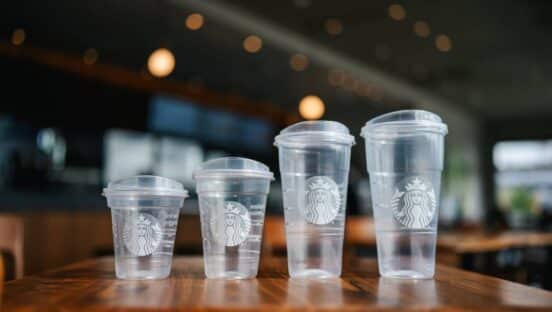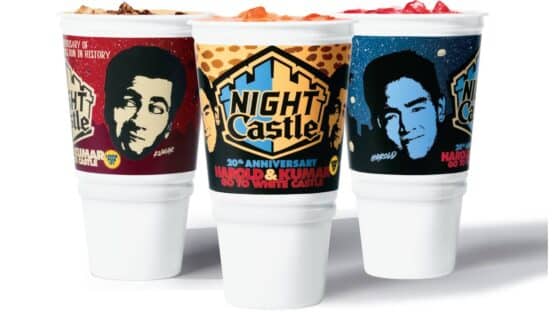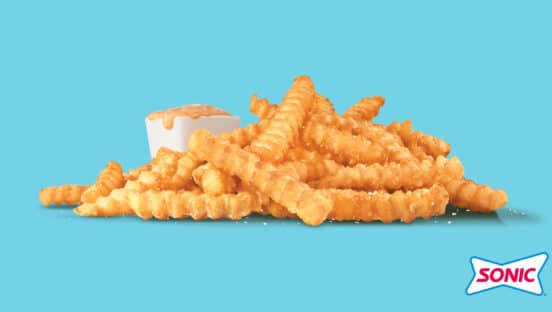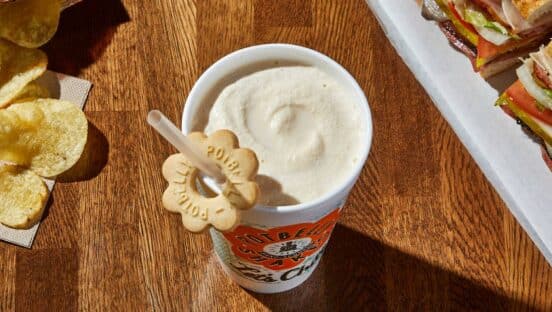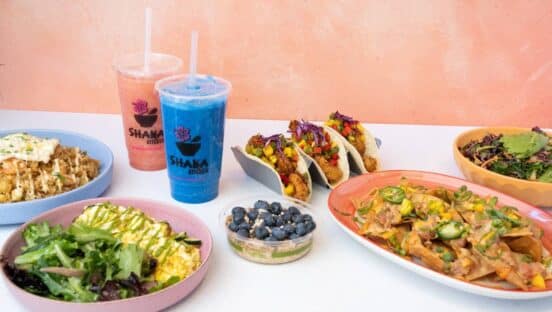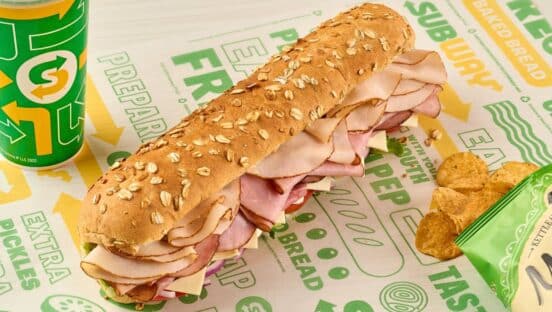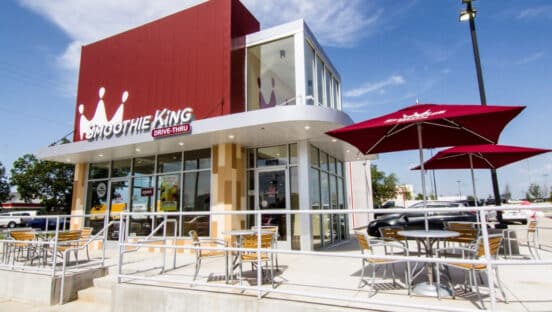Some several decades after drive-thru restaurant windows first appeared on the American scene, these now ubiquitous dining speedways are still serving the needs of time-strapped customers, according to The NPD Group, a leading market research company. Last year 12.4 billion visits were made through fast food drive-thrus, a 2 percent increase over prior year, NPD’s foodservice market research reports.
Check out QSR's 2011 Drive-Thru Performance Study here.
In the total quick-service/fast food restaurant segment, carry-out represents the bulk of visits, but drive-thru is the order method of choice at hamburger, Mexican, and chicken fast food restaurants, according to NPD’s CREST service, which continually tracks all aspects of how consumers use restaurants and other foodservice outlets.
At fast food hamburger restaurants, drive-thru represents 57 percent of visits, compared to 17 percent for carryout and 27 percent eating on-premise. Drive-thru at quick-service Mexican restaurants represents 40 percent share of visits compared to 26 percent carryout and 34 percent on premise. At chicken fast food restaurants, 38 percent of visits are drive-thru compared to 36 percent for carryout and 25 percent on-premise.
“Drive-thru customers’ expectations are straightforward–take down my order accurately and give me my food fast,” says Bonnie Riggs, restaurant industry analyst at NPD. “To address consumer needs by having a drive-thru operation requires ample real estate and a complex mix of technology, logistics, and time management principles. It is really a very well-orchestrated dance.”
Riggs said that when consumers complain about their drive-thru experience it’s because they somehow lost time. Getting the wrong order, not understanding the voice coming from the speaker, or having to wait in long lines are among the reasons consumers cite for a less than satisfying drive thru experience.
She says fast food restaurants are continually addressing these concerns with multiple lanes, state-of-the-art ordering systems, staff training, and other advances.
According to NPD, growth in drive-thru visits go hand-in-hand with the growth of on-the-go foods and beverages that can be eaten in the car, like breakfast sandwiches and sandwich wraps. Portability is a key implication for the types of foods and beverages offered at the drive thru and the packaging of these foods, like containers designed to fit perfectly in a car cup well.
“In addition to offering speed and convenience to customers, the drive-thru operation is important to fast food restaurants’ bottom line, which is why fast-casual and other quick-service categories are planning drive-thrus,” Riggs says. “A successful drive-thru operation translates to higher customer satisfaction, repeat business, and more profit."

